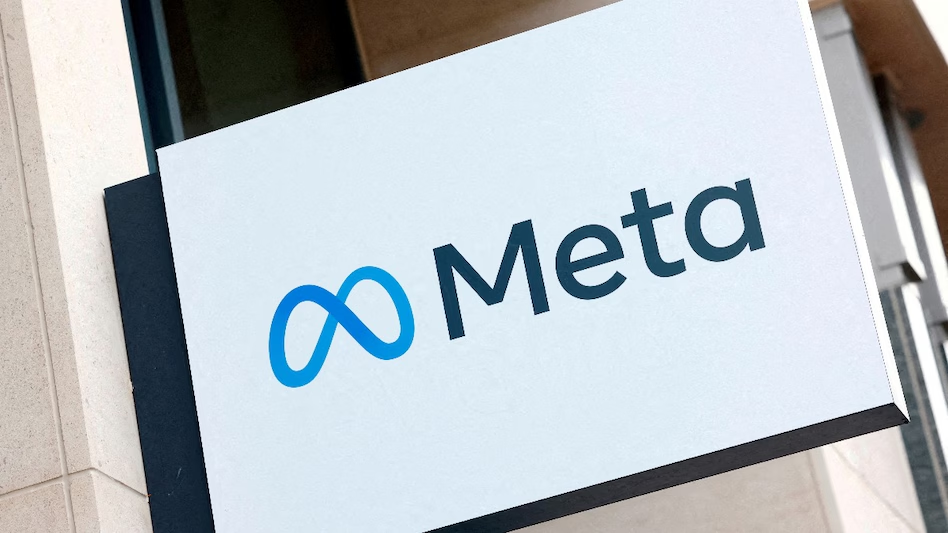Leaders have long been told to be optimistic, to inspire confidence, and to keep morale high. But when that optimism veers into avoidance—when every challenge is brushed off as a “blessing in disguise” or tough conversations are shut down with “let’s not dwell on the negative”—it stops being leadership and starts being toxic positivity.
A Leadership IQ study found that only 15% of employees believe their company openly shares its challenges. That means 85% of employees think some level of sugarcoating or outright denial is happening. And when leaders refuse to acknowledge reality, the consequences are severe: trust erodes, engagement plummets, and employees start mentally checking out.
The Damage of Toxic Positivity
Denial doesn’t build resilience. In fact, it does the opposite. Employees can see through corporate spin, and when they feel their leaders are avoiding difficult truths, they disengage. Another Leadership IQ study found that employees who feel uninformed about their company’s challenges are 10 times more likely to recommend their organization as a great place to work. And let’s not forget the impact on high performers—those employees who already carry a disproportionate workload. When they voice concerns only to be met with empty platitudes, they stop offering suggestions altogether. That’s a fast track to disengagement and, ultimately, turnover.
How Leadership Styles Influence Toxic Positivity
Based on more than one million takers of the test “What’s Your Leadership Style?”, we know that there are four fundamental leadership styles: Pragmatist, Idealist, Steward, and Diplomat. Each of these styles approaches transparency and engagement differently, which can either exacerbate or mitigate toxic positivity.
-Pragmatists are driven and competitive, valuing results above all else. They are least likely to engage in toxic positivity because they focus on confronting problems head-on. However, if they lack emotional intelligence, their no-nonsense approach can come across as cold or dismissive.
-Idealists believe in personal and team growth. They can sometimes over-index on optimism, seeing every failure as an opportunity—while well-intended, this can border on toxic positivity if it ignores real concerns.
-Stewards provide stability and dependability. They ensure clear communication and process but may sometimes shy away from hard truths to maintain harmony.
-Diplomats are the affiliative force that keeps teams together. They prioritize relationships and can be conflict-averse, which may lead them to sugarcoat or avoid difficult conversations entirely.
How to Fix Toxic Positivity
If your organization is slipping into toxic positivity, here’s what you need to do. First, stop sugarcoating—employees can handle the truth. There’s a vast difference between hope and denial. Hope says, “This is hard, but we have a plan.” Denial says, “Everything’s fine, no need to worry.” Employees know when things aren’t fine. Treat them like the intelligent adults they are, and they’ll respect you for it. Say this: “We’re facing some real challenges, and it’s going to take hard work to fix them. But here’s how we’re addressing the issue.” Don’t say this: “Let’s just stay positive—everything will work out.”
Source-https://www.forbes.com/sites/markmurphy/2025/02/25/is-your-company-suffering-from-toxic-positivity/






















